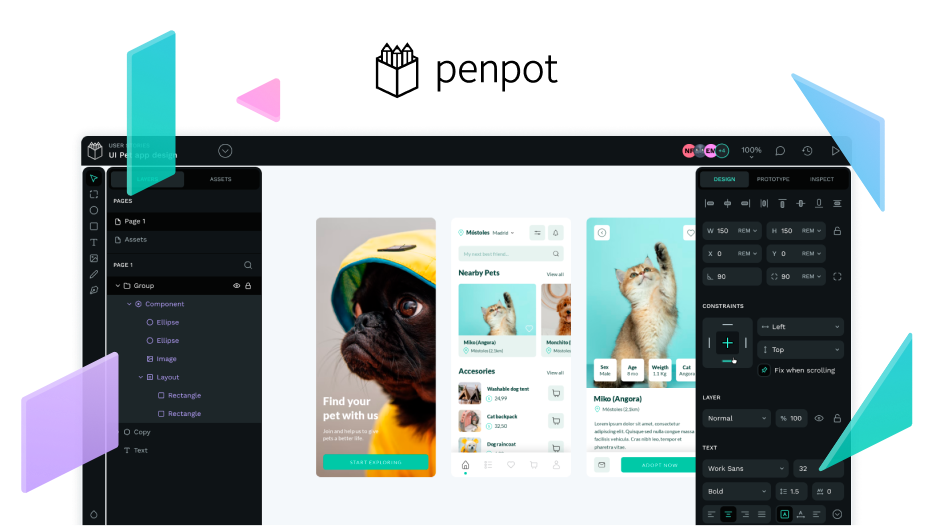It’s not all about adding new features! In order for Penpot to reach a lot more people, we have been working for some time on developing an official Helm Chart, so organizations with a Kubernetes-based infrastructure can easily deploy their own instances of the application.
And finally we can announce that we already have our first early version available 
We would like to thank the work of the community that has inspired us, such as CodeChem’s Helm Chart or Sebastian Lagemann’s Kubernetes deployment skeleton, and we know that together we can improve this first version even more.
That’s why we are asking for your feedback. You can write to kubernetes@penpot.app telling us about your experience deploying Penpot with this Helm Chart: what worked well for you and what didn’t, what you miss or what you would improve.
Thank you all for your support and enjoy Penpot with Kubernetes!
9 Likes
We continue to improve our Helm Chart with new versions applying the feedback and contributions of the community and we have created a document with the necessary steps to perform the installation that you can consult here: Penpot Help Center > Self-hosting guide > Install with Kubernetes.
1 Like
Hello,
I installed penpot with helm on a kubernetes cluster, everything works fine.
I just have one question, how can we specify the http_proxy variables to the backend/frontend? I didn’t find any section to configure environment variables.
Thank you,
Christophe
Hi @Christophe_Delcour
I don’t know if I understand your question very well, but the service that exposes penpot is service/penpot (ClusterIP type) that accesses the frontend. You can enable ingress to serve it, for example, on penpot.example.com with the following values.yml file:
values.local.yml
config:
publicUri: "http://penpot.example.com"
apiSecretKey: "please-change-me"
ingress:
enabled: true
hosts:
- "penpot.example.com"
Another option could be to change the type of service to expose it to the outside of the cluste.
I hope this can help.
Regards
![]()

